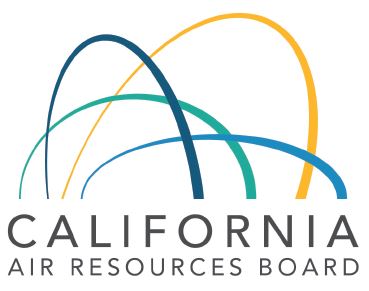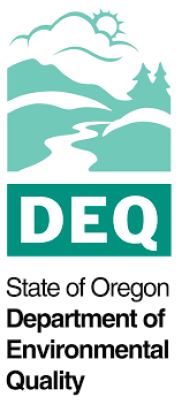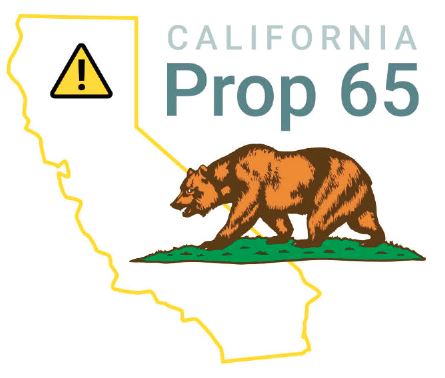Written on: February 1, 2024 by Doug Raymond
CARB
In my most recent meeting with the California Air Resources Board (CARB), its staff mentioned that the survey it will use in the next rule development should be out in the first quarter of 2024. Expect Aerosol Coatings, Cleaning Products and Hand Sanitizers to be on the list. Other possible categories are Aerosol Sunscreens, Floor Strippers and Charcoal Lighter Material. All of these categories were dropped in the last rulemaking.

In addition, other possible categories—such as Paint Strippers or ones that use methylene chloride, perchloroethylene or trichloroethylene—may be surveyed.
One thing that may further delay the survey is that one of the managers in the rule-writing branch has taken a new position within CARB; this leaves a significant staff vacancy.
Remember, for the next rulemaking, the issue of reactivity will likely take a bigger role than in past rule makings. This would be the only way that CARB staff could achieve a 20 ton-per-day-volatile organic compound (VOC) emission reduction. We are currently working with CARB staff on these reactivity issues.
We should know soon what categories will be surveyed.
Oregon
On Jan. 8, members of Industry spoke with the Oregon Dept. of Environmental Quality’s Air Quality division about developing a VOC regulation for both Consumer Products and Architectural, Industrial & Maintenance (AIM) Coatings. The agency is considering starting the rule in late Spring of 2024. The rule will begin with an Advisory Committee meeting, which will take place after staff has a plan for the rule in place. We were told that the process can take up to a year to complete.
Industry stressed the need for consistency across the U.S. and the need for at least one year notice before an effective date, as well as the need for a sell-through period—at least a three-year sell-through if not an unlimited sell-through.

The good news is that the State of Oregon is in attainment for Air Quality Standards. Thus, this rulemaking is a preventative measure.
Staff discussed possibly using Ozone Transport Commission (OTC) Model Rule 4 for Consumer Products and OTC Model Rule 2 for AIM Coatings.
Expect to see a start to this rule in April or May 2024.
Prop 65
Meanwhile, back in California, the Office of Environmental Health Hazard Assessment (OEHHA) has proposed to amend the Proposition 65 short warning. The biggest change appears to be that a chemical name would need to be added. The comment period closed on Jan. 3.

As currently proposed, there would be an unlimited sell-through period for products manufactured and labeled pri or to the effective date and a two-year phase-in period for the new short-form safe harbor warning. SPRAY
or to the effective date and a two-year phase-in period for the new short-form safe harbor warning. SPRAY